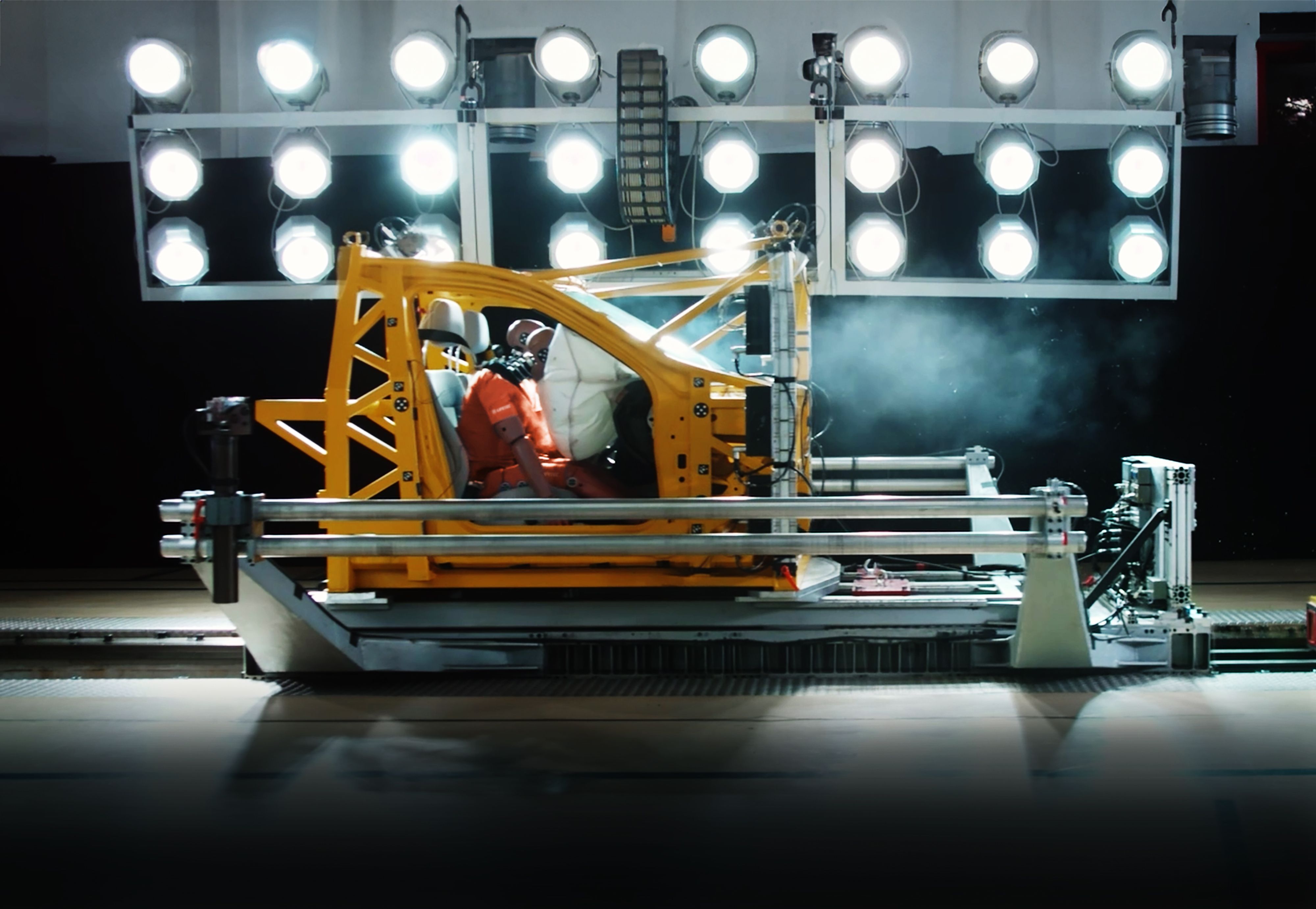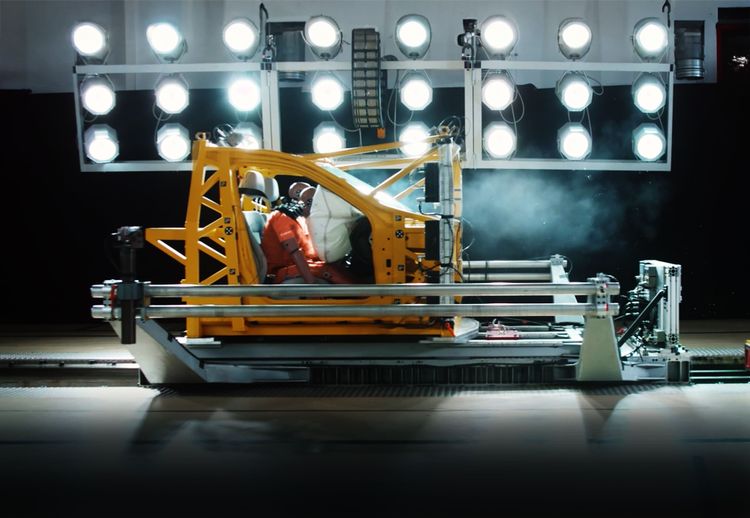ZF LIFETEC improves occupant protection
2024-Oct-8- ZF LIFETEC will be presented at the InCabin 2024 congress in Barcelona from October 8th to 10th.
- The focus is on solutions that combine sensor- and camera-based occupant monitoring with adaptive restraint systems and use data fusion to individually adapt the protective effect of restraint systems such as seat belts and airbags to the occupants.
- These system solutions help vehicle manufacturers to improve occupant protection with adaptive restraint systems and to meet the future requirements of the Euro NCAP Roadmap.
At InCabin 2024, ZF LIFETEC is presenting solutions for adaptive restraint control based on occupant monitoring technologies for the global passenger car market. As a system specialist in passive safety technology, ZF LIFETEC is presenting a new generation of algorithms for occupant monitoring and adaptive control of restraint systems. This can significantly improve occupant protection. ZF LIFETEC is helping vehicle manufacturers to comply with future Euro NCAP requirements.

“The importance of adaptive restraint systems will continue to grow with global automotive trends such as automated driving and the resulting interior concepts of the future. Reliable occupant detection is a key technology that is increasingly used to adaptively adjust the safety of occupants to real-life accident situations,“ explains Rudolf Stark, head of ZF LIFETEC. ”We develop algorithms for detecting occupants so that we can use this information to adjust the restraint systems via software,” adds Philipp Russ, who is responsible for Interior Monitoring at ZF LIFETEC.
The conditions for improved passive safety can be created by detecting children and child seats on the passenger seat or whether all occupants are properly buckled up. EURO NCAP is already taking these and other issues into account with its roadmap for 2026. However, the interaction between occupant monitoring and passive safety systems will also increasingly become the focus of the star rating by 2030. The aim here is to use adaptive concepts to better protect the wide range of occupants with different statures and seating positions when the system is triggered. Seat belt forces and airbag settings will respond to different characteristics such as weight and size – an important step towards improving real-life safety, which seeks to adapt safety systems to the actual situation in the vehicle.
Smart passive safety at InCabin 2024
To demonstrate the complex interplay between occupant monitoring and passive safety technology, ZF LIFETEC is using InCabin 2024, which runs from October 8–10, to showcase a demo vehicle that brings this technology to life. ZF LIFETEC will be presenting itself at the international congress as a development partner with an understanding of the system and thus as an enabler for international automobile manufacturers who want to meet the safety requirements of the Euro NCAP Roadmaps 2026 and 2023 today.
Additional information for trade journalists:
Adaptive restraint through the fusion of sensor data
Restraint systems are based on certain standards defined by organizations such as EURO NCAP. If you look at the developments of recent decades, it is clear that passive safety systems are providing ever-better protection for people who are shorter, taller, lighter or heavier than the average. Since ZF LIFETEC is committed to Vision Zero, which aims to achieve zero deaths and serious injuries on the roads, safety must be constantly improved. To achieve this and to protect everyone more effectively, adaptive restraint systems are needed. To this end, ZF LIFETEC uses data such as height and weight, but also seat occupancy and the current seat position. The latter becomes relevant with regard to restraint, for example, when occupants lean far forward, turn sideways or are in a reclined, relaxed sitting position while driving. This data can be collected by an occupant camera and the seat belt extension sensor, for example, and merged with additional weight data from the seat sensors via the control electronics installed in the vehicle. ZF LIFETEC has developed software that creates a digital twin based on the collected data – a digital representation of all vehicle occupants, so to speak – which is used to classify the occupants according to height and weight.
Interaction of active and passive safety technology
This classification is crucial to providing occupants with customized and adaptive restraint in the event of a crash. If the vehicle's active sensors detect a crash situation, a computing unit in the vehicle processes this information and uses the current occupant data. Based on the crash scenario calculated for the occupant's build and seat position, the system adaptively adjusts the deployment time and volume of the airbag, as well as the intensity of the belt retractor restraint. With the dual contour airbag, for example, ZF LIFETEC has two system solutions in its portfolio that cover these adaptive scenarios. These are adaptive airbag solutions for the driver and front passenger that, depending on the seating position – either reclined in a relaxed position or upright in a standard position – fill the airbag with two different volumes within milliseconds using a specially developed two-stage gas generator. Another adaptive solution from ZF LIFETEC is the ACR8 series of seat belt retractors. These are equipped with a multi-switchable force limiter that can variably adjust the restraint forces to the height and weight of the driver and front passenger.





